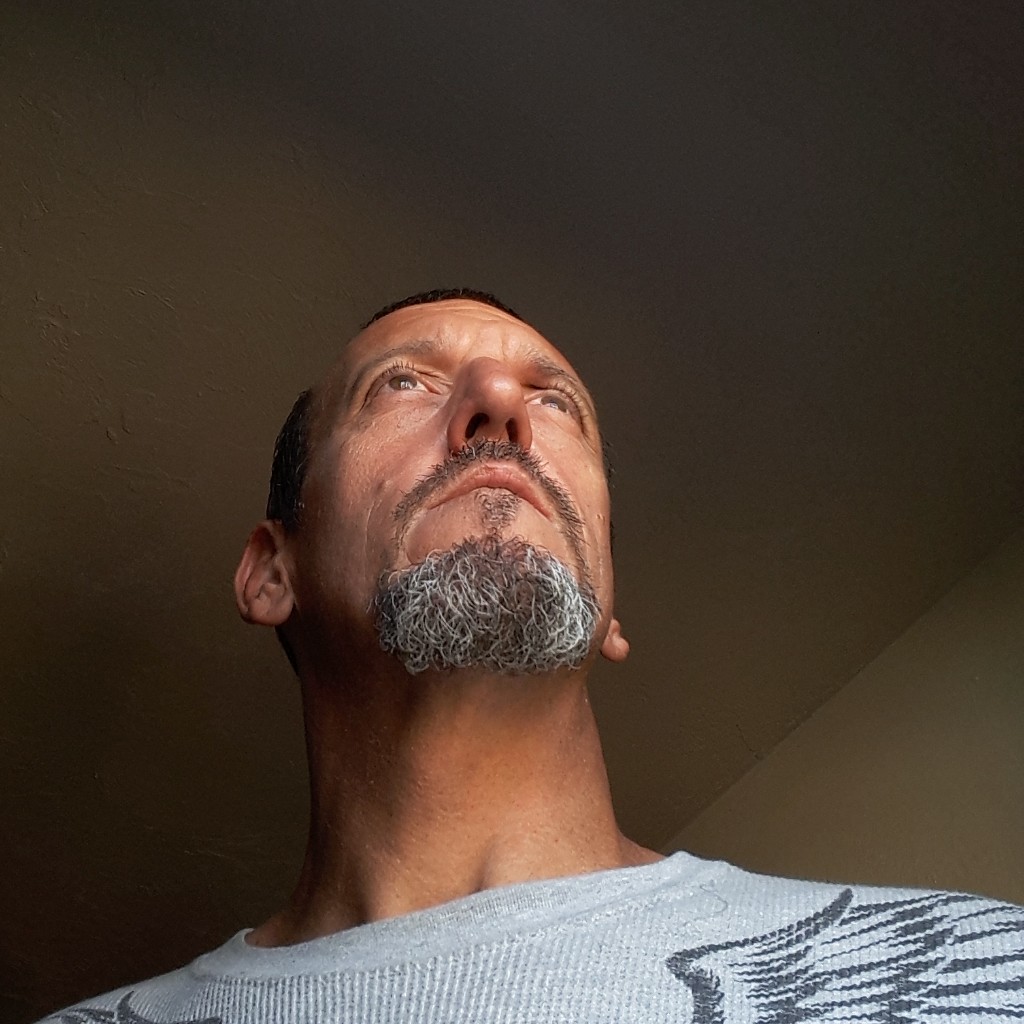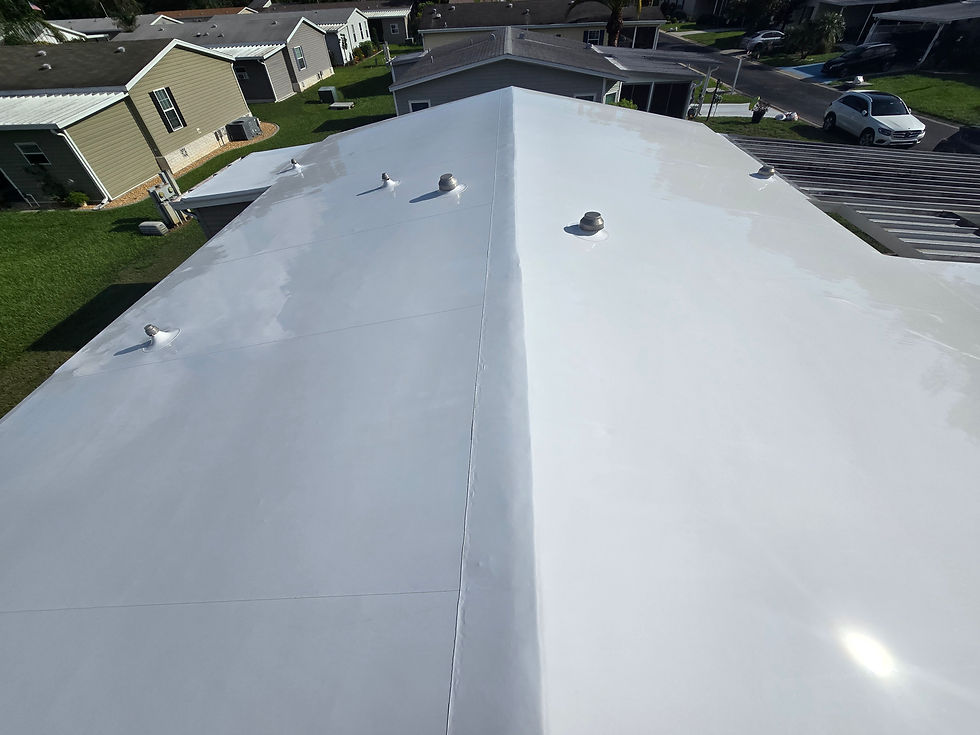Gentle, Safe Roof Cleaning Techniques Methods for Longevity
- clean2preserve

- Aug 22
- 6 min read
Maintaining a roof is more than just keeping it looking good. It’s about preserving the integrity of your home’s first line of defense against the elements. Over time, roofs accumulate dirt, algae, moss, and other debris that can cause damage if left untreated. But not all cleaning methods are created equal. Using harsh or the wrong chemicals or high-pressure washing can do more harm than good, especially for roofing materials like TPO, Shingle, and metal roofs. That’s why understanding safe roof cleaning methods is essential for extending the life of your roof.
Why Safe Roof Cleaning Methods Matter
When it comes to roof maintenance, the goal is to clean without compromising the roof’s structure or materials. Many homeowners make the mistake of using pressure washers or abrasive chemicals, thinking it will speed up the process. Unfortunately, this can strip away protective coatings, damage membranes, and even cause leaks.
Safe roof cleaning methods focus on:
Preserving the roofing material: Whether it’s TPO, metal, shingle or another type, the cleaning process should not degrade the surface.
Preventing water intrusion: High-pressure washing can force water under shingles or membranes, leading to mold and rot.
Protecting your investment: Roof replacement is costly. Proper maintenance through safe cleaning extends the roof’s lifespan and saves money in the long run.
For example, TPO roofs are popular for their durability and energy efficiency, but they require gentle care. Using harsh chemicals or pressure washing can cause the membrane to crack or peel. Instead, soft washing with eco-friendly solutions is the way to go.

Safe Roof Cleaning Methods: What You Need to Know
Safe roof cleaning is all about technique and the right products. Here’s a breakdown of the best practices:
1. Soft Washing Instead of Pressure Washing
Soft washing uses low-pressure water combined with specialized cleaning solutions to remove dirt, algae, and moss. This method is gentle on roofing materials and highly effective.
Low pressure: Typically under 500 psi, compared to 3000+ psi in pressure washing.
Proper chemicals and percentages: The use of appropriate chemicals in specific concentrations is crucial for effectively breaking down organic growth such as moss, algae, and lichen that can accumulate on roofs. These organic substances not only detract from the aesthetic appeal of a building but can also lead to significant structural damage over time if left untreated. By utilizing specially formulated cleaning agents that are designed to target these growths, homeowners and maintenance professionals can ensure that the roof remains intact and free from harmful residues. It is essential to select chemicals that are biodegradable and environmentally friendly, as this minimizes the impact on surrounding flora and fauna during the cleaning process. For example, products containing sodium hypochlorite or hydrogen peroxide can be effective in killing off these unwanted organisms, but they must be used in the correct dilutions to prevent any potential damage to the roofing materials themselves, such as shingles or tiles. Moreover, the effectiveness of these chemicals can vary based on factors such as temperature and humidity, which means that understanding the right percentages to use is vital for achieving the desired results. A careful balance must be struck to ensure that the solution is strong enough to eliminate the organic growth while still being gentle enough to preserve the integrity of the roof. Therefore, it is not just the choice of chemicals that matters, but also how they are applied, ensuring that both the roof and the environment are protected throughout the cleaning procedure.
Long-lasting results: Soft washing is an effective cleaning method that not only enhances the appearance of surfaces but also addresses the underlying issues that contribute to the growth of unwanted organisms, such as mold, mildew, and algae. By utilizing a specially formulated cleaning solution combined with low-pressure water, soft washing targets and kills spores at the root level. This approach is particularly beneficial because it disrupts the life cycle of these organisms, ensuring that they do not quickly regrow after treatment. The effectiveness of soft washing lies in its ability to penetrate porous surfaces, allowing the cleaning agents to reach deep into the materials where spores often reside. Unlike traditional pressure washing, which can sometimes merely dislodge surface debris without eliminating the problem, soft washing provides a comprehensive solution that leads to longer-lasting results. Moreover, the gentle nature of soft washing minimizes the risk of damage to delicate surfaces, such as roofs, siding, and decks, making it a preferred choice for homeowners and property managers who want to maintain the integrity of their structures while achieving a thorough clean.
2. Choosing the Right Cleaning Solutions
Not all cleaners are created equal. Avoid bleach or harsh acids that can damage roofing membranes or metal coatings. Unless you are a professional and know when and where to use them and at what percentage is safe for each substrate you are cleaning. Homeowners and DIYers should instead, opt for:
Oxygen-based cleaners
Surfactants that lift dirt without abrasion
Algaecides and fungicides safe for roofing materials
At the end of the day though if your not completely sure about what to use or where, just hire a professional who does and takes great care to safeguard your assets.
3. Proper Application and Rinsing
Applying the cleaning solution evenly and allowing it to dwell for the recommended time is crucial. Afterward, rinse gently with low-pressure water to avoid damage. Avoid any cleaner that says to apply and leave it. When you apply anything it leaves a film and this film is a trap to attract and hold more film and scum. This is why true professionals utilize rinse agents so that the final rinse is squeaky clean and smooth and slick, obtaining a longer period between cleanings.
4. Safety Precautions
Roof cleaning can be hazardous. Honestly you should hire an experienced professional but if yiou are that stubborn person then always use:
Proper fall protection gear set up correctly.
Always have someone with you on the ground watching and helping.
Keep three points on the ladder at all times. And set it up properly. 3/4 of roofing accidents occur on or accessing the ladder.
Non-slip non-marking footwear is a must.
Proper equiptment and cleaning solutions and percentages.
If you’re unsure, hiring a professional with roofing expertise ensures the job is done right.

Is Soft Washing Your Roof a Good Idea?
Soft washing is not just a good idea - it’s often the best idea, especially for roofs that need care without damage. Here’s why:
Preserves roof warranties: Many roofing manufacturers require gentle cleaning methods to keep warranties valid.
Extends roof life: By removing harmful algae and moss without abrasion, soft washing prevents premature aging.
Eco-friendly: Uses less water and biodegradable chemicals, reducing environmental impact.
Cost-effective: Prevents costly repairs by maintaining roof health.
For TPO roofs, soft washing is particularly important. The membrane is sensitive to harsh chemicals and pressure, so soft washing ensures cleaning without compromising the material.
If you want to explore more about gentle roof cleaning, check out this resource.

How Our Roofing Background Enhances Our Cleaning Approach
We’re not just roof cleaners - we’re roof experts. Our background in installing TPO and metal roofs gives us a unique perspective on maintenance. We understand the nuances of different roofing systems, which means:
We know which cleaning methods protect your roof’s integrity.
We can spot early signs of wear or damage during cleaning.
We tailor cleaning solutions to your specific roof type.
We prioritize preservation over quick fixes.
This expertise means you get more than a clean roof - you get a roof that’s cared for by professionals who understand its construction inside and out.
Tips for Maintaining Your Roof Between Cleanings
Keeping your roof in top shape doesn’t stop after a cleaning. Here are some practical tips to extend the time between professional cleanings:
Trim overhanging branches: Reduces debris and shade that promote moss growth.
Keep gutters clean: Prevents water backup that can damage roof edges.
Inspect regularly: Look for signs of algae, moss, or damage.
Address leaks promptly: Early repairs prevent bigger problems.
Schedule professional cleanings every 2-3 years: Depending on your environment and roof type.
By following these steps, you’ll protect your investment and keep your roof looking great for years.
Safe roof cleaning is about more than just aesthetics. It’s about preserving your home’s protection and extending the life of your roofing system. With the right techniques, products, and expertise, you can enjoy a clean, healthy roof without the risk of damage. Remember, when it comes to roof care, gentle is the way to go.
For those interested in professional services that combine roofing knowledge with expert cleaning, consider exploring gentle roof cleaning options tailored to your roof’s needs. Your roof will thank you!




Comments